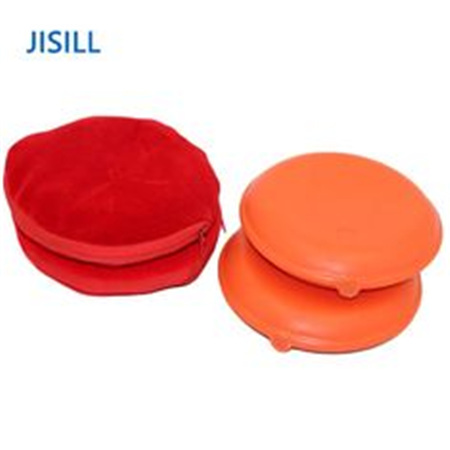Safe Nontoxic Microwave Heat Pack Reusable Hot Packs With MSDS / CPSIA Approve

Descripció del producte
Safe Nontoxic Microwave Heat Pack Reusable Hot Packs With MSDS / CPSIA Approve
plastic food heat packs supplier
Safe Nontoxic Microwave Heat Pack Reusable Hot Packs With MSDS / CPSIA Approve
Safe Nontoxic Microwave Heat Pack Reusable Hot Packs Description:
The heating means:
1. Microwave heating: Set the microwave on medium to high heat, not more than 5 minutes.(Note : About 3 minutes is appropriate, you know the temperature of the microwave oven is very high, the box will melt and burst over time.)
After removing from the microwave, check whether the internal material has completely melted. If not, please continue to heat for 30 seconds at a time.When the heat storage material is completely melted, it can be put into an insulated bag or insulated cooler box with food that needs to be insulated.
2. Hot water heating: Put the product into hot water. After 10 minutes, check whether the internal heat storage material has completely melted. When all melted, take it out, it can be put into an insulated bag or insulated cooler box with food that needs to be insulated.
Packing & Shipping:
Packing:
Shrink film
Color box
Sticker,paper card
display box and so on can be customized
FAQ about ice packs:
1. Does your products safe enough for food storage?
All of our material, outer material HDPE, inside liquild SAP or CMC, is non-toxic. We have FAD, SGS and MSDS report.The material is food grade material, they are safe enough for food storage.
2. What is your MOQ?
If you can accept our model, MOQ is usually 3000 piece.
If need create new model for you, it is better more than 5000 piece.
3. Can you make color according to PANTONE Code?
Sure we can make your color according to your samples or PANTONE code.
It depends on your quantity also.
4. What is your market share?
North America accounts for 35%,Asia accounts for 31%,Europe accounts for 25%,Oceania accounts for 7% and South America accounts for 2%

